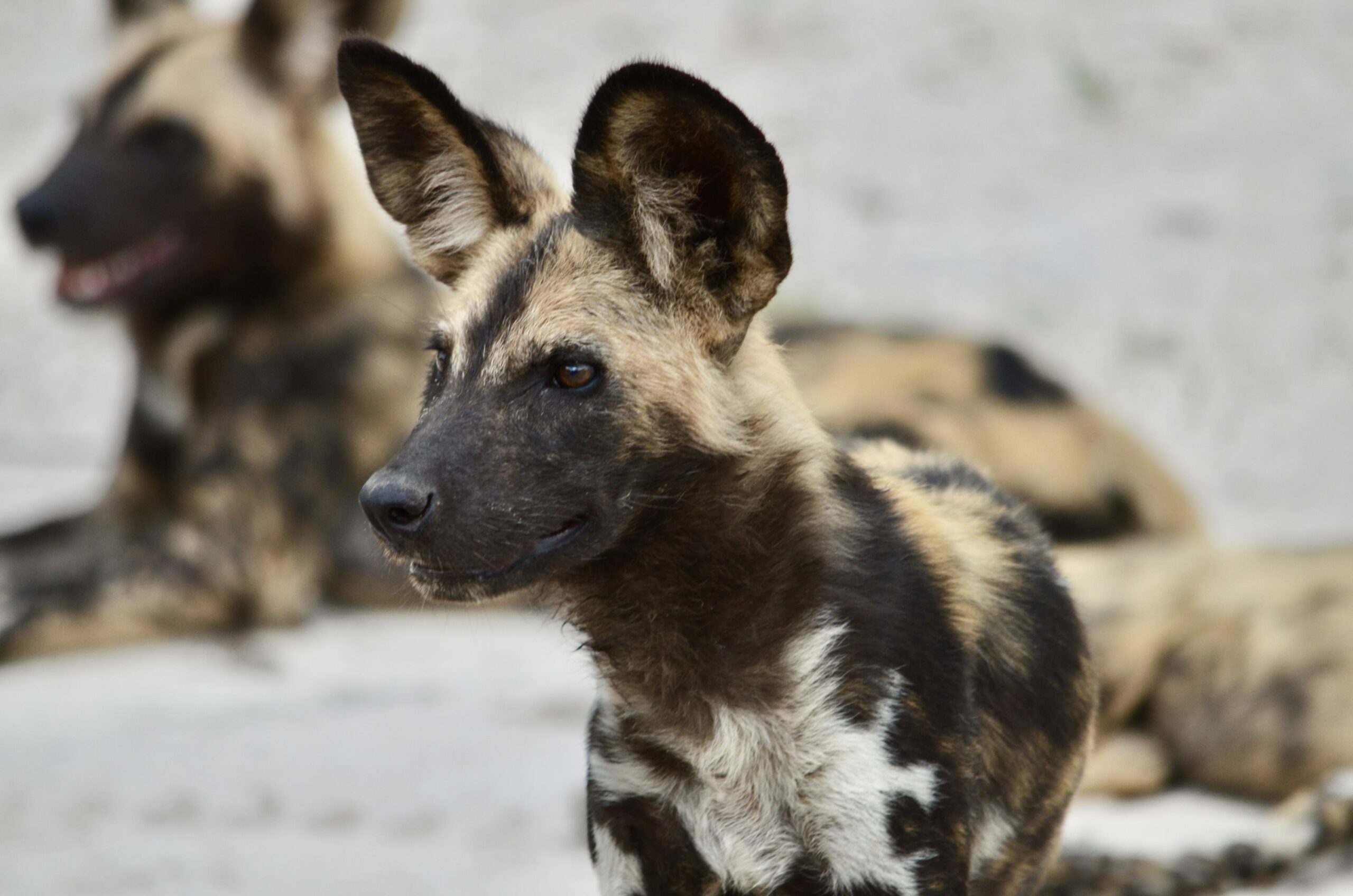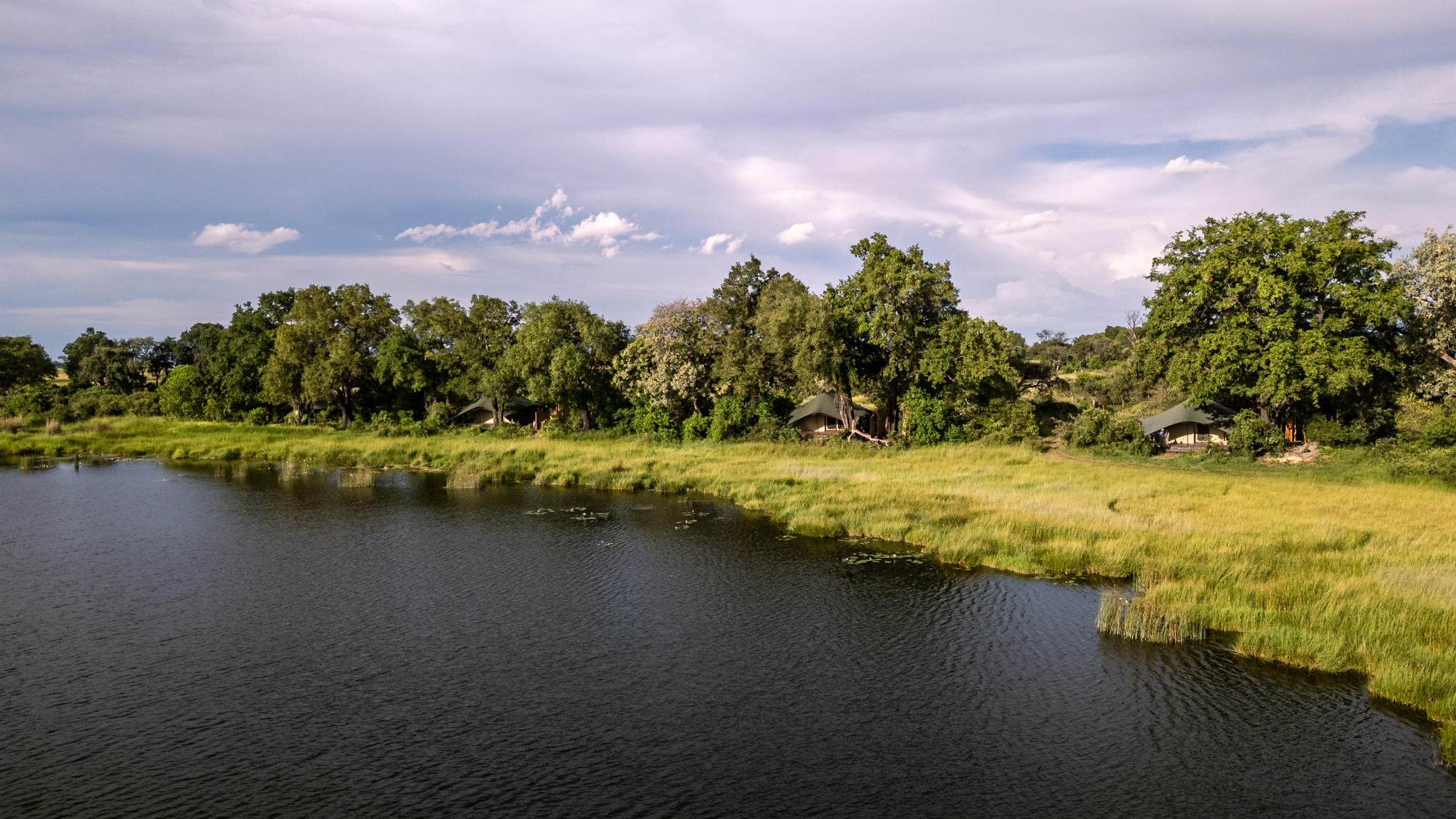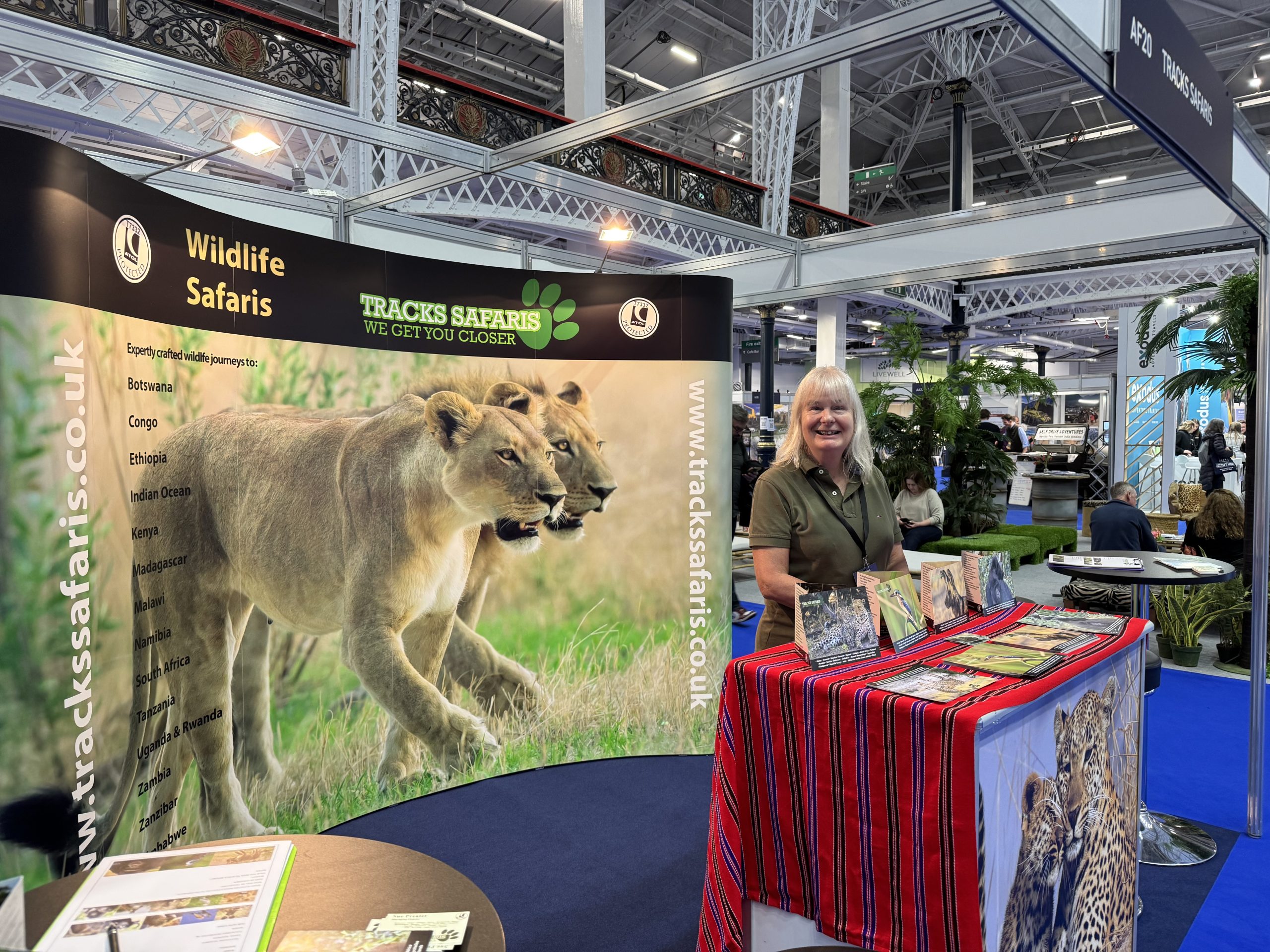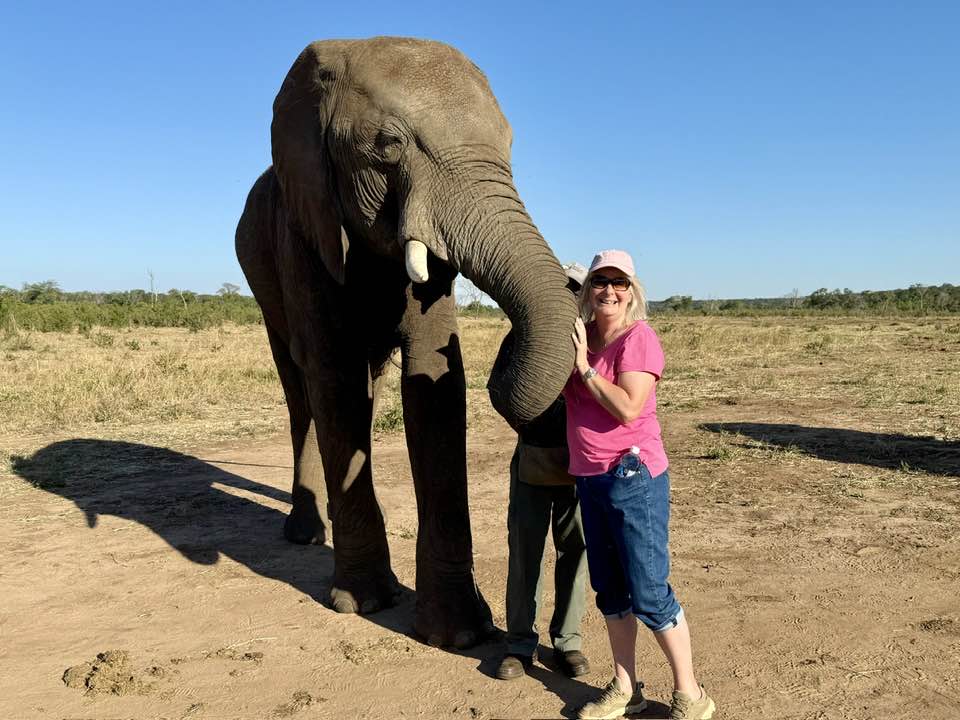Zambia
Flight Time
13 Hours (via Johannesburg)
Time Zone
UTC+2
Best Airlines
South African Airways, Emirates
Fly From
London, Birmingham, Manchester, Glasgow, Newcastle, Edinburgh
Livingstone and Victoria Falls
| Jan | Feb | Mar | Apr | May | Jun | Jul | Aug | Sep | Oct | Nov | Dec | |
|---|---|---|---|---|---|---|---|---|---|---|---|---|
| When to go |  |
 |
 |
 |
 |
 |
 |
 |
 |
 |
 |
 |
| Temp °C | 30 | 31 | 31 | 31 | 29 | 26 | 26 | 29 | 33 | 36 | 34 | 31 |
| Rain mm | 175 | 146 | 80 | 21 | 4 | 1 | 0 | 0 | 2 | 20 | 71 | 171 |
South Luangwa National Park
| Jan | Feb | Mar | Apr | May | Jun | Jul | Aug | Sep | Oct | Nov | Dec | |
|---|---|---|---|---|---|---|---|---|---|---|---|---|
| When to go |  |
 |
 |
 |
 |
 |
 |
 |
 |
 |
 |
 |
| Temp °C | 31 | 31 | 31 | 31 | 30 | 29 | 29 | 31 | 35 | 36 | 36 | 32 |
| Rain mm | 209 | 179 | 131 | 47 | 3 | 0 | 0 | 0 | 0 | 15 | 84 | 162 |
The Kafue National Park
| Jan | Feb | Mar | Apr | May | Jun | Jul | Aug | Sep | Oct | Nov | Dec | |
|---|---|---|---|---|---|---|---|---|---|---|---|---|
| When to go |  |
 |
 |
 |
 |
 |
 |
 |
 |
 |
 |
 |
| Temp °C | 28 | 28 | 28 | 29 | 27 | 25 | 25 | 28 | 31 | 33 | 30 | 29 |
| Rain mm | 210 | 183 | 105 | 25 | 3 | 0 | 0 | 0 | 3 | 27 | 100 | 225 |
Call us on 01984 667420
Tracks Safaris- We get you closer to Africa
Zambia is a wonderful safari destination – home to the walking safari with fantastic wildlife, brilliant birding, award winning guiding and intimate bush camps and lodges. Zambia is a top choice for safari enthusiasts due to both the density and diversity of wildlife viewing and habitats in its National Parks – of which there are 19.
Located in Southern Africa, Zambia neighbours the Democratic Republic of the Congo to the north, Tanzania to the north-east, Malawi to the east, Mozambique, Zimbabwe, Botswana and Namibia to the south, and Angola to the west. The capital city is Lusaka, located in the south-central part of the country and the two main entry points for your safari will be either Lusaka or Livingstone.
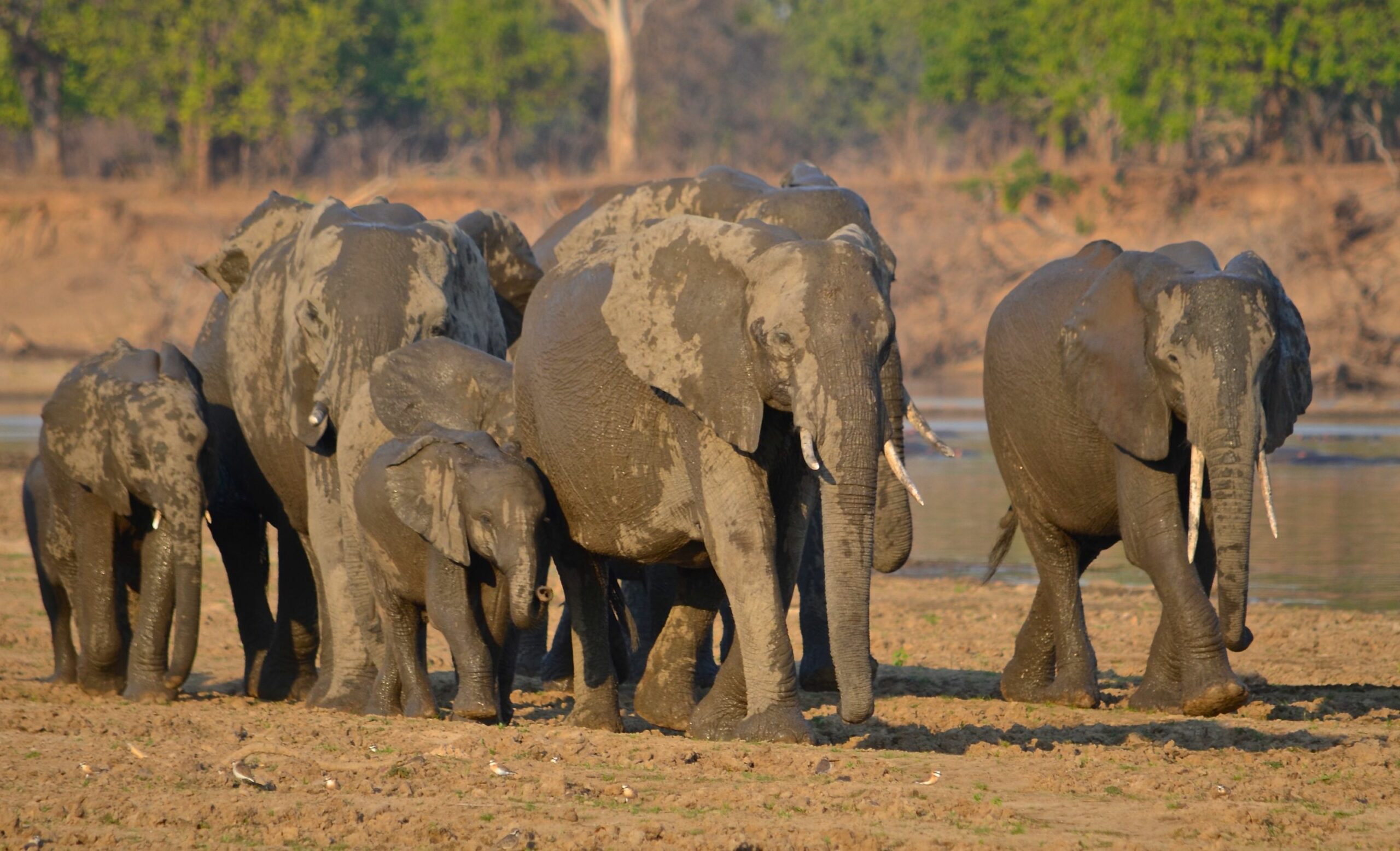
With so much choice of areas to visit and different habitats – it is difficult to see Zambia in one visit. On a first visit many of our guests choose to visit the South Luangwa National Park and perhaps Livingstone or the Lower Zambezi National Park set on the Zambezi River and bordering Zimbabwe’s Mana Pools. However if you enjoy walking or getting off the beaten track you could visit the North Luangwa National Park or the Kafue National Park – both remote and wild with relatively few visitors.
Accommodation is just as diverse and there is a good variety of both comfortable lodges and smaller tented camps of all sizes and for most budgets. Wildlife wise the safari areas in Zambia offer you a phenomenal variety of wildlife and birds and whatever your interests or wish list we can point you in the right direction to give you the best chance of seeing what you want to see.
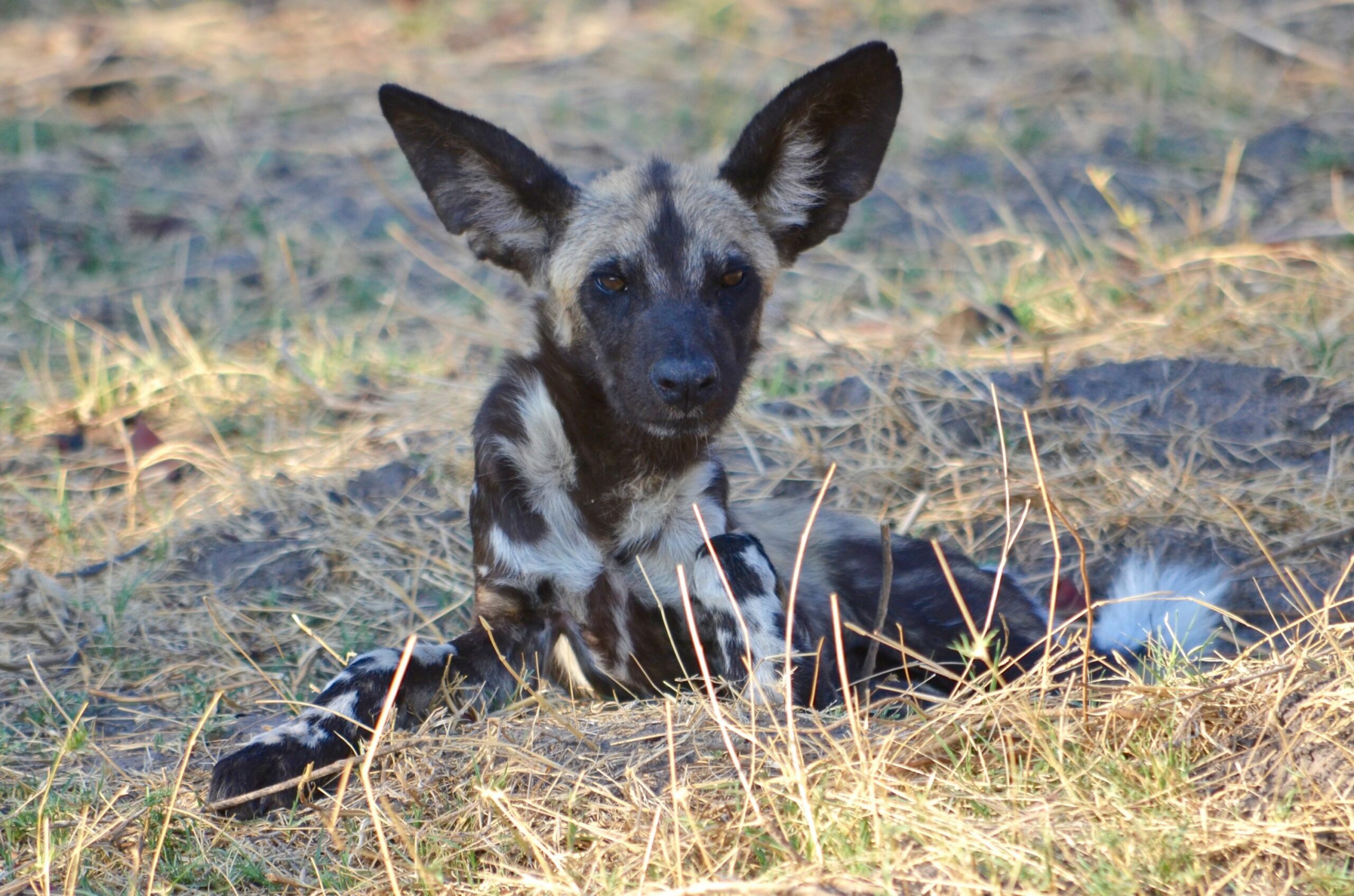
Activity wise Zambia is also diverse – apart from a traditional 4 x 4 safari you can enjoy extensive walking safaris, birding safaris, canoeing safaris and photographers are spoilt for choice with hide locations. If you are interested in seeing a specific species – wild dog, shoebill stork, bats – again we can help.
Zambia is perfect for a family safari with private safari houses dotted around the National Parks – often complete with a swimming pool, exclusive staff and private vehicle and guide for the family so you can set your own pace.
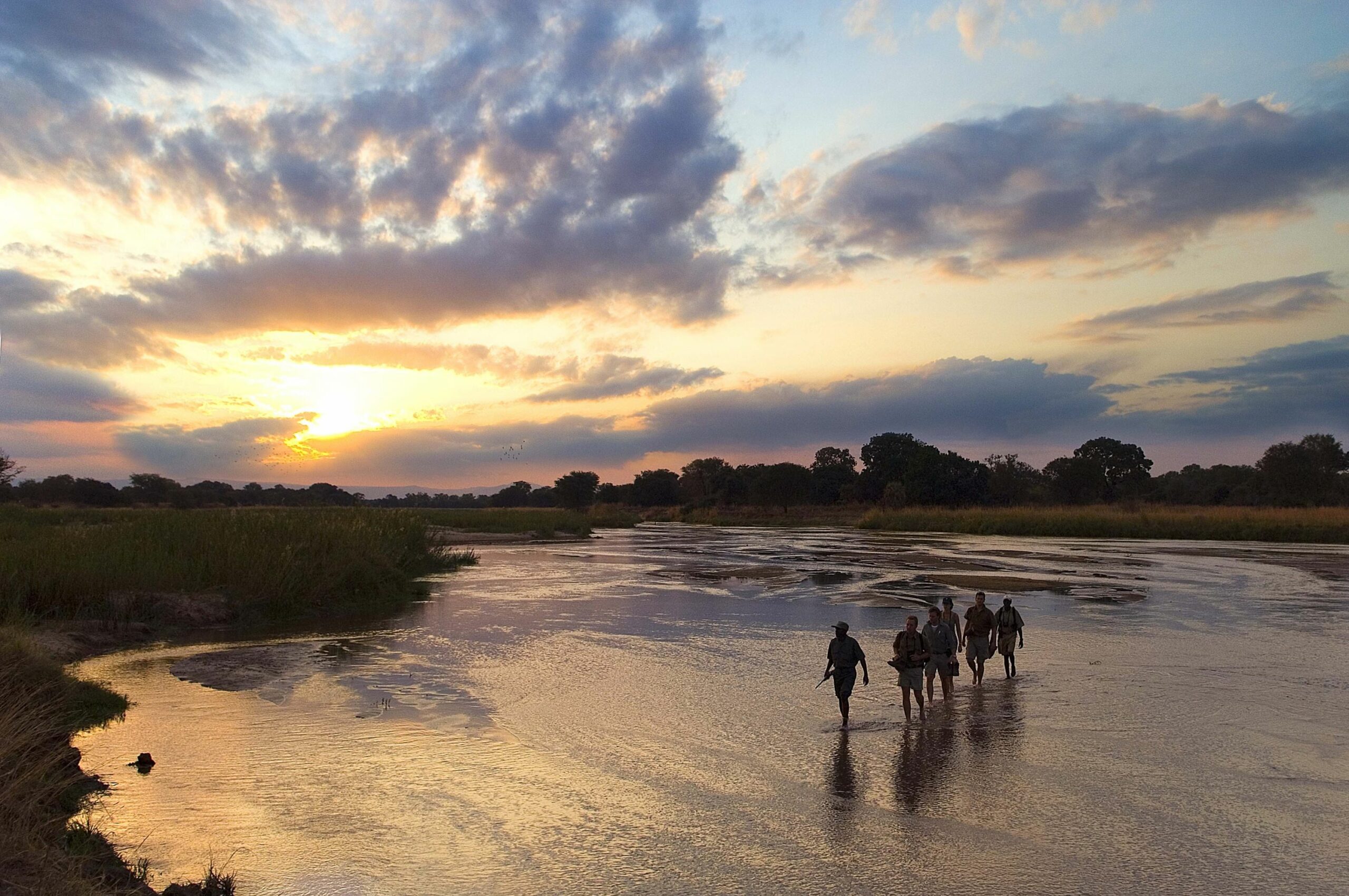
SOUTH LUANGWA NATIONAL PARK
The South Luangwa National Park in in the east of Zambia and is the southernmost of three national parks in the valley of the Luangwa River. The area is amazing at all times of the year but especially good in September and October when temperatures rise and water gets scarce.
The green season is superb for boating and birding as the rivers rise and for those who enjoy cooler temperatures the best months to travel are Zambia’s winter months of June and July. For those on a budget the best time to visit is when the camps are just opening after the green season – April and May.
The Luangwa River sustains the park and there are high densities of game along its banks – large populations of Thornicroft’s Giraffe, herds of elephant and buffalo often several hundred strong and the Luangwa River is home to abundant crocodiles and hippos. Wild dog populations are growing and on a recent visit in October/November we were lucky to see different packs almost on a daily basis. Predator sightings are superb and the park has one of the highest densities of leopard in Africa and good numbers of lion. Hyena have adapted to following leopard and taking prey at night.
Activites offered included 4 x 4 safaris, night drives, walking safaris and photographic hide sits.

NORTH LUANGWA NATIONAL PARK
This is the northernmost of the three parks in the Luangwa Valley. Founded as a game reserve in 1938 it became a national park in 1972 and now covers 4,636 km² – one of the best ‘wilderness’ experiences to be found in Africa.
The park’s eastern boundary is the Luangwa River and the park rises to cover a stretch of the Muchinga Escarpment to the west. The Mwaleshi River flows east-west through the centre of the park and the area to its south is a strict wilderness zone.
Walking safaris are the main activity in the park which has relatively low visitor numbers so you can enjoy some stunning beautiful areas in relative peace and quiet.
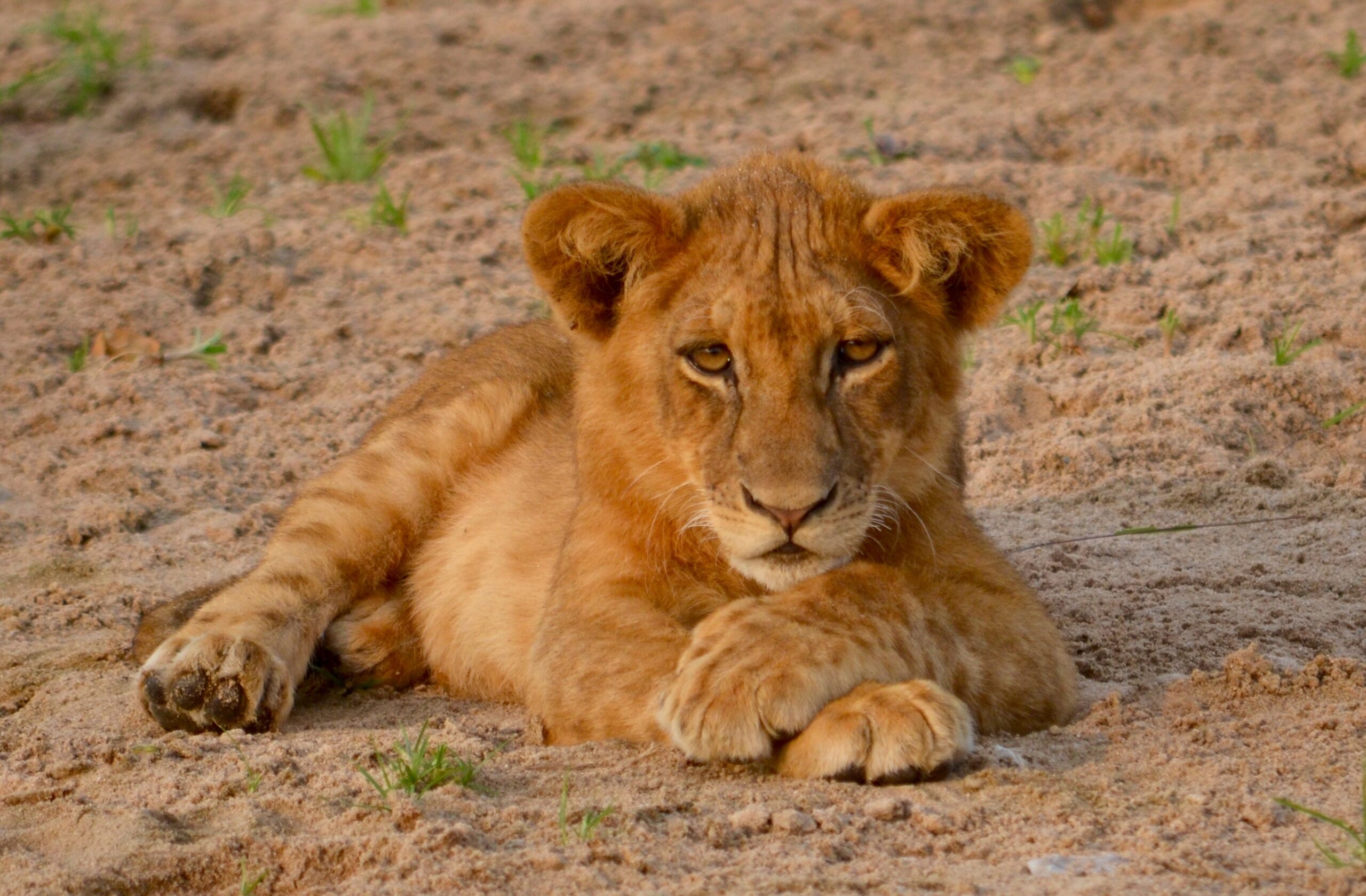
LUAMBE NATIONAL PARK
Luambe National Park is located on the eastern bank of the Luangwa River halfway between South and North Luangwa National Park. Although it is remote, it is not difficult to get to and is just 4 hour’s drive from Mfuwe. The park currently has just one camp so offers a remote and private experience and is ideal to combine with the South Luangwa National Park. Highlights include a high hippo population, carmine bee-eaters and the chance to view the big 5 including black rhino. 4 x 4 safaris, night drives and walking safaris are all offered.
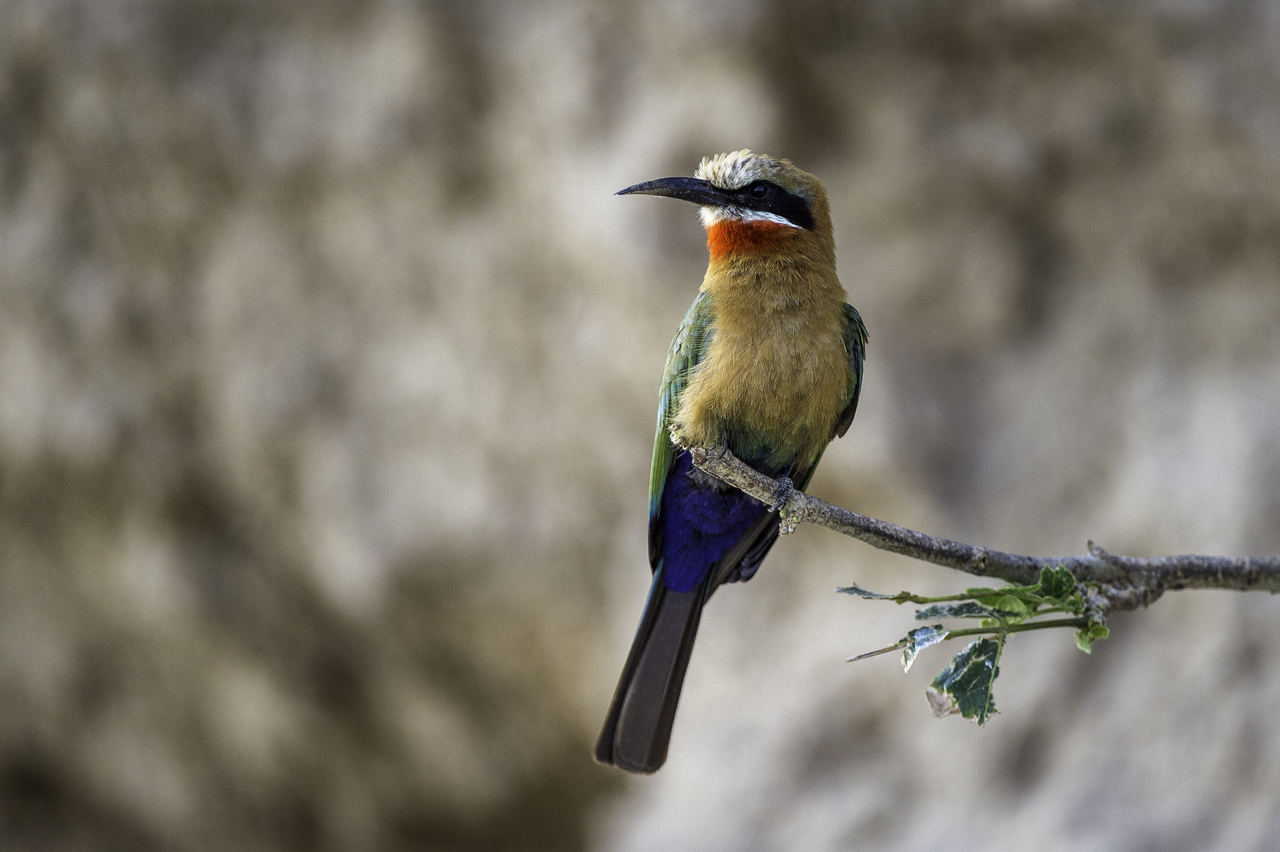
KAFUE NATIONAL PARK
The Kafue National Park is the largest national park in Zambia covering an area of about 22,400 km² and is the second largest park in Africa. It is home to over 55 different species of animals.
The park is named after the Kafue River and most of the park lies in the Central Zambezian Miombo woodlands ecoregion – characterised by savanna grasslands with Miombo tree species and small dambos (grasslands which become marshy in the rainy season) interspersed among them. In the south there are stony hills and rocky outcrops.
The jewel in Kafue’s crown is the flooded grasslands ecoregion in the north, including the papyrus dominated Busanga Swamp and floodplains of Busanga Plains. These support large herds of herbivores – puku, lechwe, buffalo, wildebeest, roan, oribi and Lichtenstein’s hartebeest.
Predators include a high density of lion, cheetah and wild dog. In the dry season the animals keep close to the swamps and marshy creeks and are easily seen. Leopard can be seen around the Lufupa River. The area is also noted for its birdlife where it is possible to see Ross’s Turaco and Locust Finch.
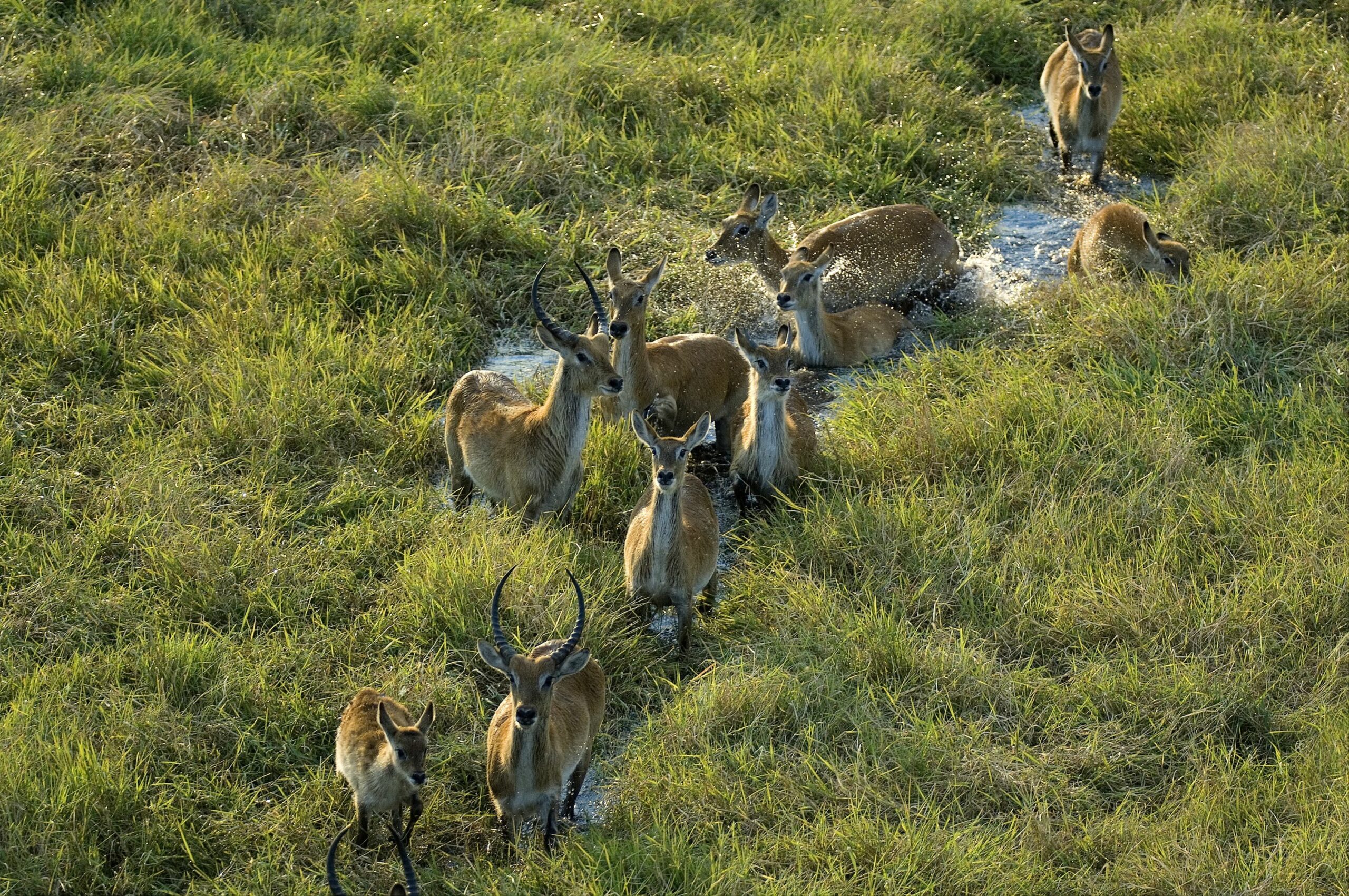
LOWER ZAMBEZI NATIONAL PARK
The Lower Zambezi National Park lies on the north bank of the Zambezi River in south eastern Zambia and remains one of the few pristine wilderness areas left in Africa. On the opposite bank is Zimbabwe’s Mana Pools national Park. The two parks sit on the Zambezi flood plain ringed by mountains and the area is a world heritage site.
The park gently slopes from the Zambezi Escarpment down to the river and is ringed by a much larger, unfenced game management area allowing both animals and people to roam across the whole area.
One of the primary attractions of the Lower Zambezi park is its remote and wild location. Large mammals congregate on the floodplain and along the river – including buffalo, huge herds of elephant, lion, leopard and many antelope – waterbuck, kudu and the occasional roan and eland. Zebra, impala, warthog, crocodiles and hippos are also abundant.
Bird watchers will enjoy the colourful array of birds – with over 73 species of water birds. Over 350 species have been recorded including fish eagles, darters, cormorants, egrets, storks, many varieties of kingfishers: giant, pied, woodland, malachite and brown hooded, lovebirds, parrots and hornbills. You might see African skimmers, spoonbills and ospreys too.
Activities include 4 x 4 safaris, night drives, walking safaris and canoe safaris.
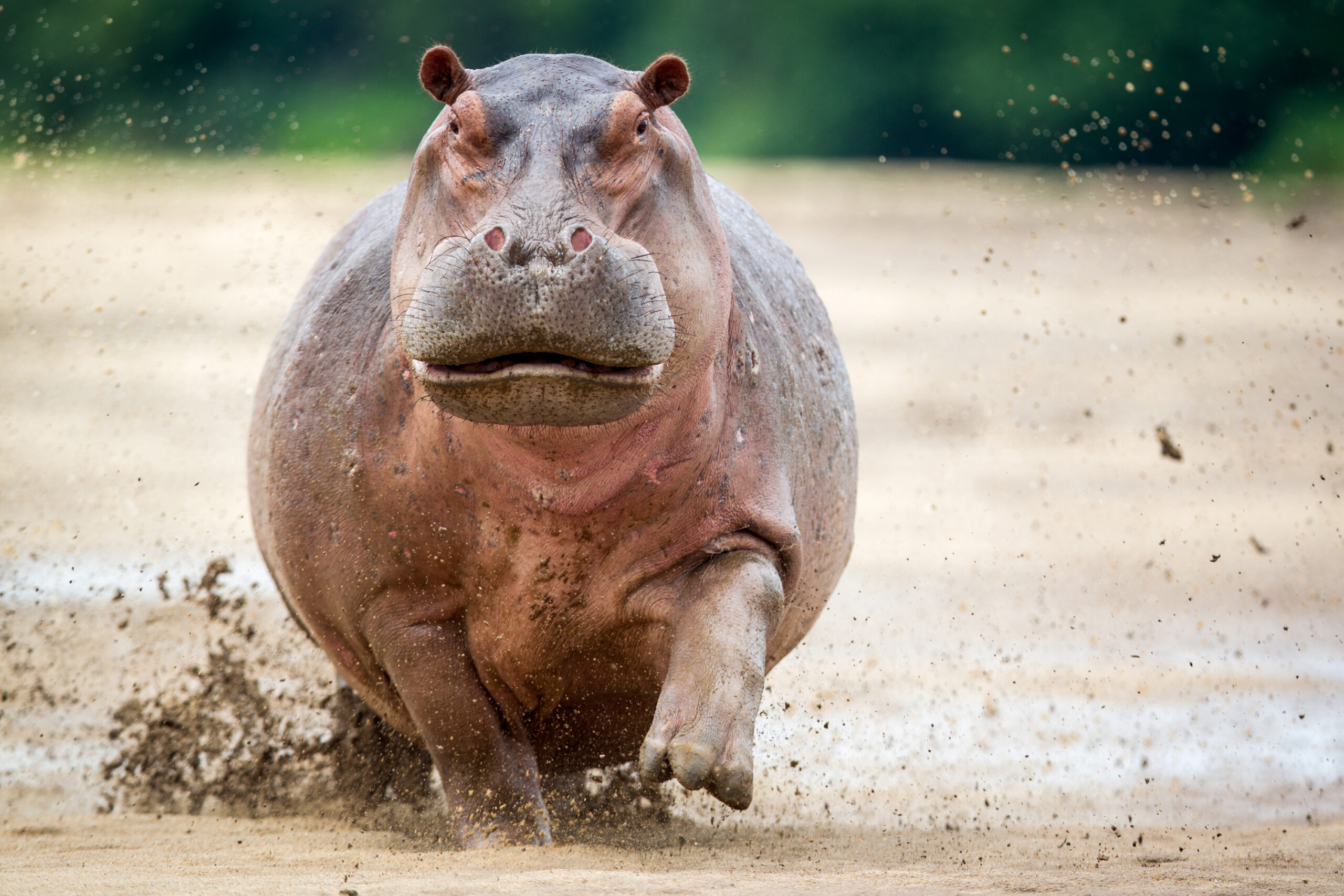
LIUWA PLAINS
Not many get the chance to visit Liuwa Plains – mainly because it is so remotely situated in the west of Zambia and accessed by a two hour flight from Lusaka.
The park is perhaps best known for the story of the lioness ‘Lady Liuwa’ but it is also sets the scene for the second largest wildebeest migration in Africa – numbering around 30,000 wildebeest.
‘Liuwa’ means ‘plains’ in the local Lozi language – the plains originally served as a hunting ground for Lubosi Lewanika who was the Litunga – king or paramount chief – of the Lozi people.
The area was designated as a protected area by Lubosi Lewanika in the early 1880s and as a national park in 1972 when Zambia’s government took over management. The non-profit conservation organisation African Parks has managed Liuwa in partnership with the Department of National Parks and Wildlife and the Barotse Royal Establishment since 2003.
The park’s grasslands support a variety of large mammals including tens of thousands of blue wildebeest and frequently sighted large predators include the cheetah, spotted hyena and lion and more than 300 bird species have been recorded.
In 2008 African Parks began a series of lion reintroductions to reunite Lady Liuwa with other lions and she slowly joined a pride that grew to 10 lions. Eland and buffalo were also reintroduced to the park and the plains game began to increase and provide a healthy prey base for the lions as well as for the cheetahs and hyenas. As a result of effective law enforcement, poaching levels subsided and community land-use plans were implemented along with sustainable fish harvesting and other community projects, providing alternative livelihoods for local people.
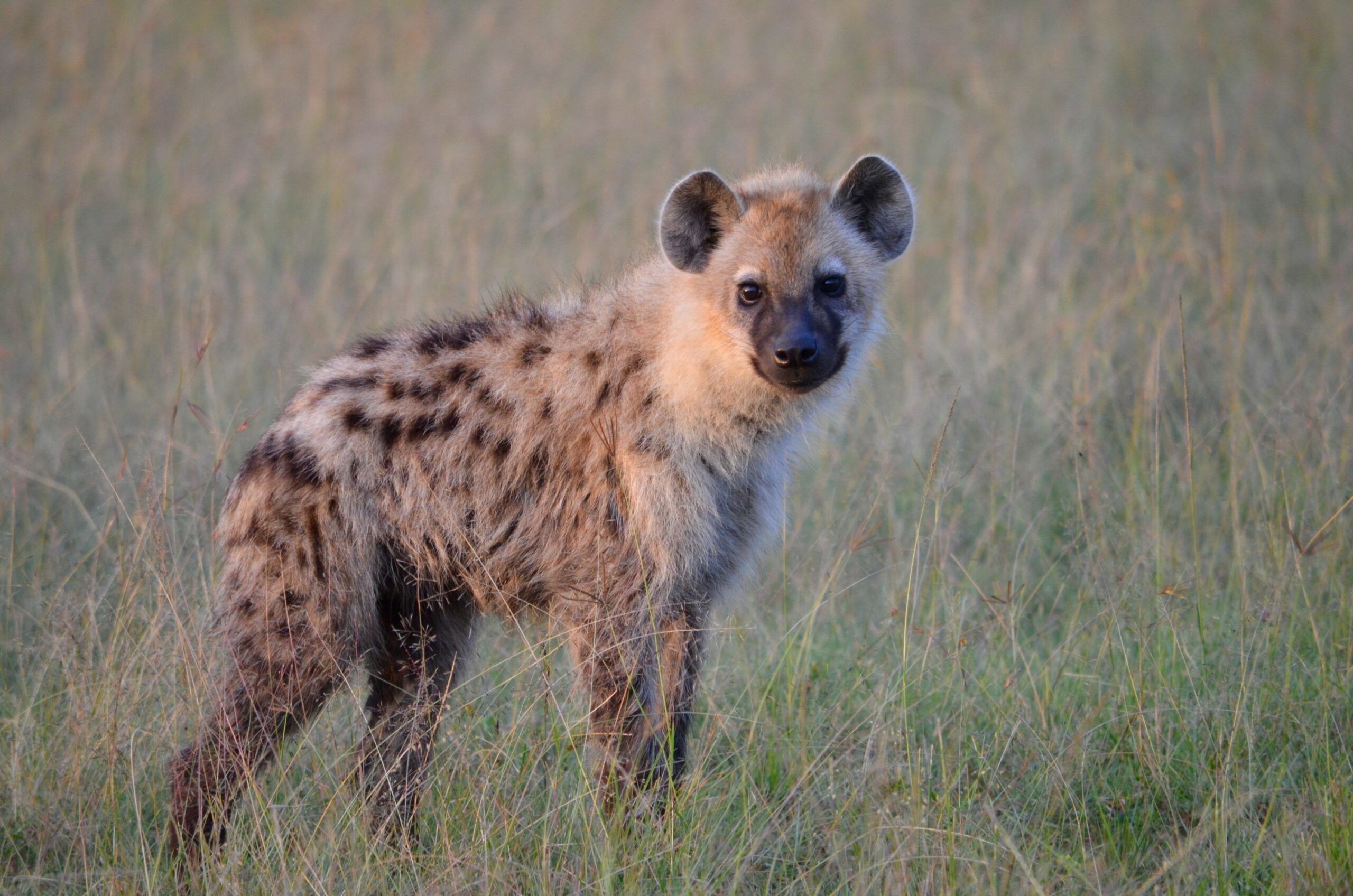
LIVINGSTONE
Livingstone (Victoria Falls) is a wonderful place to recuperate for a couple of days either after a long flight or after your safari. Relax or be active – activities include tours of Victoria Falls, game drives within Mosi-oa-Tunya National Park, canoeing, white water rafting, sundowner cruises, fishing, elephant encounters and guided nature walks depending on which lodge you stay at and what your interests are.
For the ultimate adventure take a microlight or helicopter flight over Victoria Falls – an experience of a lifetime. Or try bungee jumping, rafting, abseiling, canoeing or horse riding.
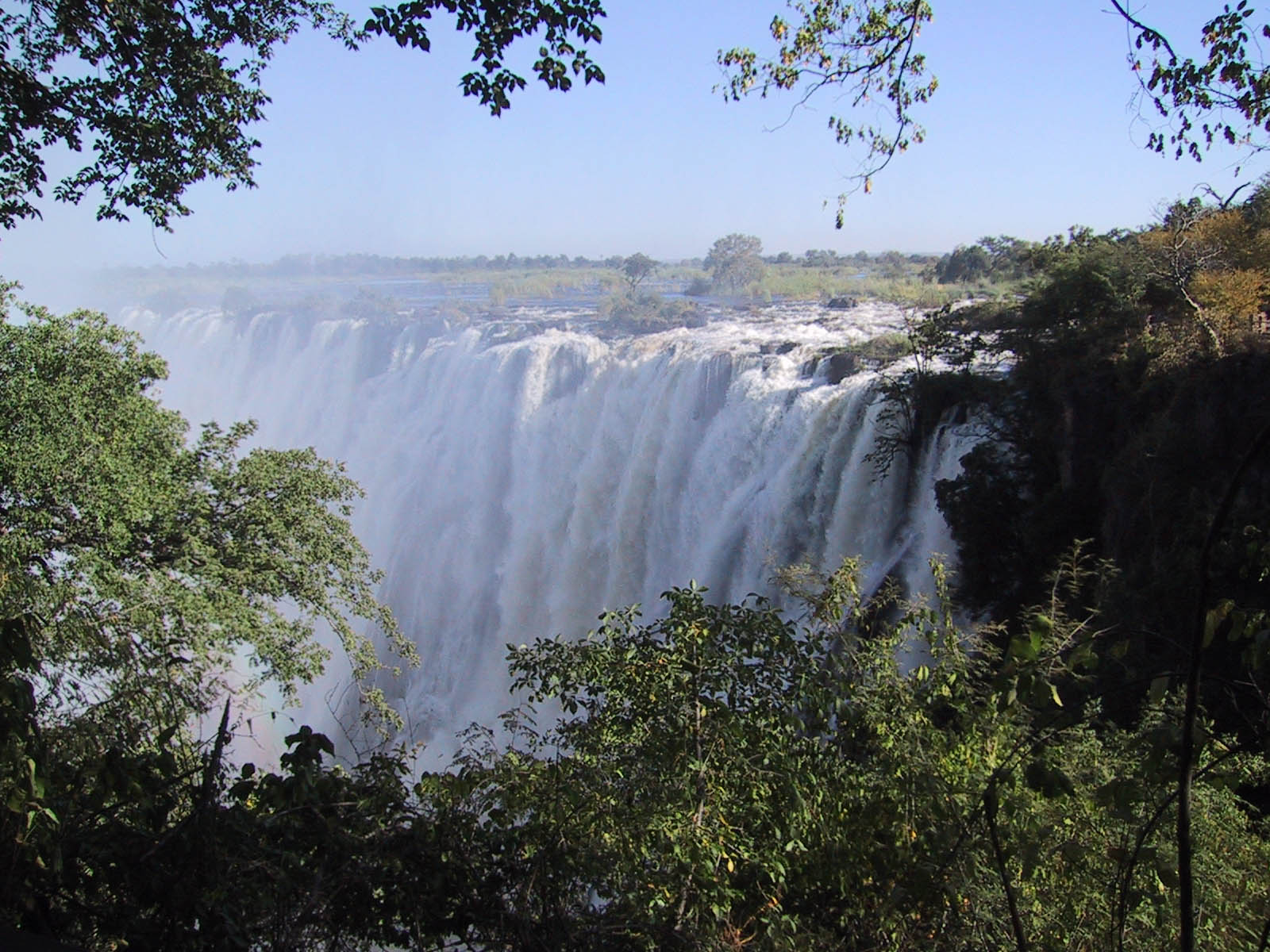
Tracks Safaris have travelled extensively within Zambia and visited all the main National Parks and lodges plus a few of the more remote areas such as the North Luangwa National Park and Liuwa Plains. We would be delighted to help you plan your safari to Zambia – call us on 01984 667420 or email sue@trackssafaris.co.uk to start planning you Zambian adventure!
